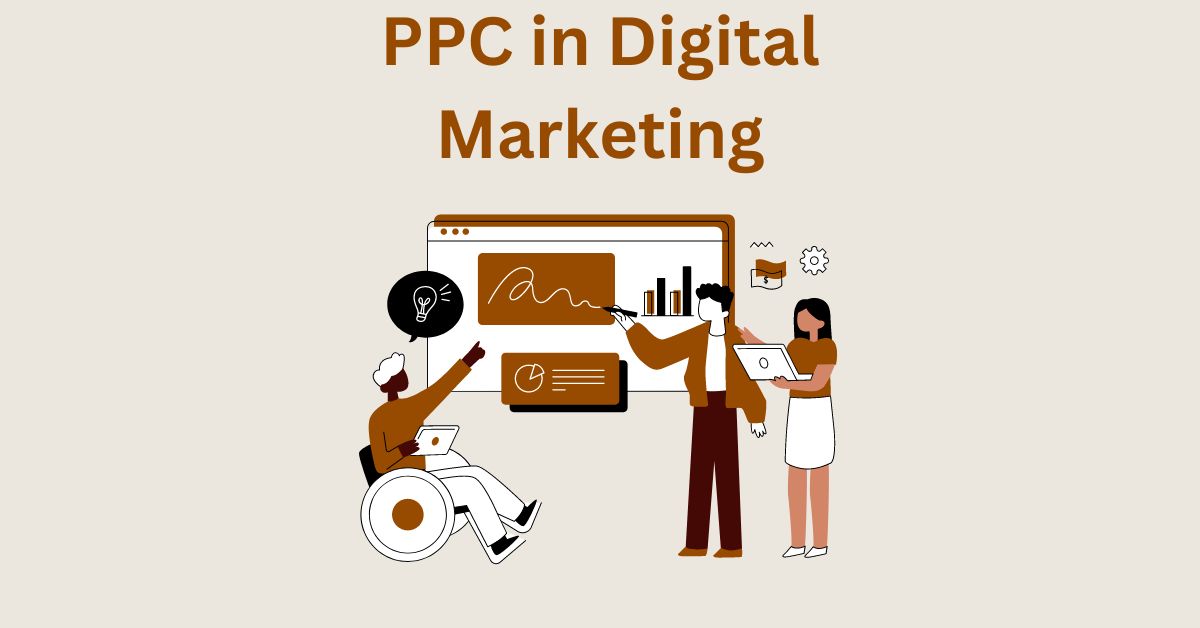What is PPC and How it Works – Definition, Example, Importance, Advantages and Disadvantages
Estimated reading time: 4 minutes
Last updated on March 26th, 2024 at 07:10 am
Do you want to know “What is PPC in Digital Marketing”?
Okay, imagine you have a poster about your awesome pizza shop, and you want as many people as possible to see it.
PPC, which stands for Pay-Per-Click, is like paying a little fee every time someone looks at your poster.
Now, here’s the cool part. 64.6% of people click on Google ads when they are looking to buy something online.
So, if you’re selling those amazing pizzas, using PPC can get your ad right in front of hungry customers.
It’s like putting your poster in the busiest part of town but only paying for the people who actually stop to check it out.
PPC helps you reach the right audience and can boost your business by bringing in potential customers who are actively searching for what you offer.
Lets talk in detail.
What Exactly is PPC?
Picture this: you want to put up a billboard on a busy street, but you only pay when someone looks at it.
That’s a bit like Pay-Per-Click (PPC) advertising online.
PPC is a way for businesses to show their ads on platforms like Google or social media, and they only pay when someone clicks on the ad.
It’s like paying for actual visitors, not just for the space.
How PPC Works: A Step-by-Step Explanation
Okay, let’s break it down. When you search for something on Google, you see those ads at the top?
Businesses bid on specific keywords related to their products or services.
When someone types in a keyword, an auction happens in a fraction of a second.
The winner’s ad gets shown to the user.
Now get this: the average business makes $2 in income for every $1 they spend on Google Ads.
It’s like a little investment that can lead to more than double the return!
Example of PPC Campaign
Imagine you have a bakery, and you want more people to order cakes online.
You create a PPC campaign, bidding on keywords like “delicious cakes” or “online cake delivery.”
When someone searches for those terms, your ad pops up.
Now, here’s the cool part: you only pay if someone clicks on your ad.
If someone clicks, visits your site, and orders a cake, you made a sale!
Studies show that businesses make an average of $3 for every $1.60 spent on Google Ads.
So, it’s like baking a small ad investment into a tasty profit cake!
Importance of PPC in Digital Marketing
Think of PPC (Pay-Per-Click) like a shortcut to the front of the line.
When you use PPC in digital marketing, your ad jumps right to the top of search results.
Why is this important?
Well, 65% of high-intent searches result in someone clicking on a paid ad.
So, if you want to be seen by people actively looking for what you offer, PPC is like your golden ticket to get noticed.
Advantages of PPC Advertising
Picture this: you only pay when someone is genuinely interested in what you’re offering.
That’s the magic of PPC. With PPC advertising, you only pay when someone clicks on your ad.
And here’s a cool stat: businesses make an average of $2 in income for every $1 they spend on Google Ads.
It’s like paying a small fee for bringing potential customers right to your virtual doorstep.
Disadvantages of PPC Advertising
Now, imagine paying for something, but not everyone who walks in is really interested. That’s one downside of PPC.
While you pay for clicks, not all clicks lead to actual customers.
About 41% of clicks go to the top three paid ads, and the rest might not be as targeted.
So, it’s like paying for a few VIPs but also inviting some curious onlookers to your party.
Balancing the cost and benefits is key in PPC advertising.
Wrapping Up – What is PPC in Digital Marketing
PPC in digital marketing is like a targeted advertising game where businesses pay only when someone clicks on their ads.
It’s a way for companies to quickly show up in front of people online who are searching for related things.
Think of it as a shortcut to get noticed by the right audience.
Platforms such as Google Ads and social media sites offer this service.
Advertisers bid on specific words or phrases, and when someone searches for those terms, the ads appear.
The cool part is that businesses only pay when someone actually clicks on their ad.
PPC is powerful because it gives businesses control over their budget and helps them track how well their ads are doing.
It’s like having a flexible and measurable tool to reach potential customers instantly.
